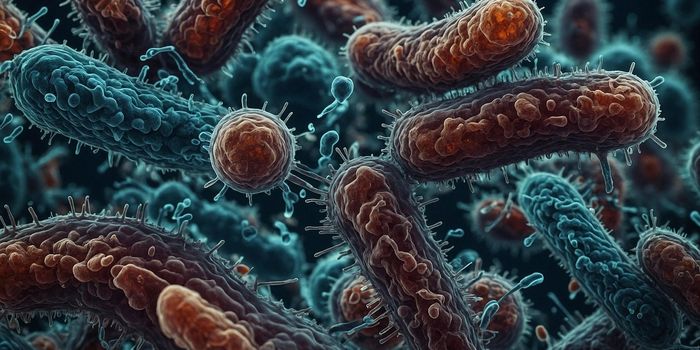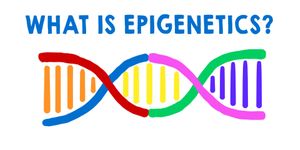While the process of copying DNA to make new strands includes a proofreading function to ensure accuracy, the so-called reverse transcriptase enzymes that make RNA into DNA copies perform no such check. That has made the process of researching RNA especially challenging because many errors can be introduced when the RNA is converted into DNA used for analysis. For a nice explanation of reverse transcription, check out the video below from Shomu's Biology.
Reporting in Science, engineers have now created an improved reverse transcriptase enzyme that has a proofreading function it is capable of using on RNA and DNA, and the researchers show that it has better fidelity compared to a normal enzyme. They have called this new molecule a reverse transcriptase xenopolymerase.
The reverse transcriptase enzyme has evolutionary origins in a virus, one that never had an editing function. While errors that were introduced may have helped viruses create complexity and diversity, the lack of such a proofreading ability has hampered research on regions of the genome that are transcribed into RNA and expressed - the transcriptome.
Scientists typically use RNA isolated from a specimen to create DNA which is then sequenced or manipulated in other ways for further study. This RTX enzyme will now enable scientists to copy RNA with almost perfect accuracy. The researchers corrected a genetic error, the lack of a 3′- 5′ exonuclease domain, which prevented typical transcriptases from editing. They created the new transcriptase from a specially chosen DNA polymerase, described in the schematic below from Science.
"We created a new group of enzymes that can read the genetic information inside living cells with unprecedented accuracy," says Jared Ellefson, first author of the study that introduced the enzyme and a postdoctoral fellow at the University of Texas at Austin's Center for Systems and Synthetic Biology. "Overlooked by evolution, our enzyme can correct errors while copying RNA."
“Without the ability to faithfully read RNA, we cannot accurately determine the inner workings of cells. These errors can lead to misleading data in the research lab and potential misdiagnosis in the clinical lab,” Ellefson explains.
The scientists say that accuracy is definitely improved at least threefold, and it could be as much as 10 times more accurate. This new enzyme could also enhance the methods used to sequence RNA in cells.
"As we move towards an age of personalized medicine where everyone's transcripts will be read out almost as easily as taking a pulse, the accuracy of the sequence information will become increasingly important," said Andy Ellington, a Professor of molecular biosciences and leader of the research team that did the work. "The significance of this is that we can now also copy large amounts of RNA information found in modern genomes, in the form of the RNA transcripts that encode almost every aspect of our physiology. This means that diagnoses made based on genomic information are far more likely to be accurate. "
Sources:
Science Daily via
University of Texas at Austin,
Science









